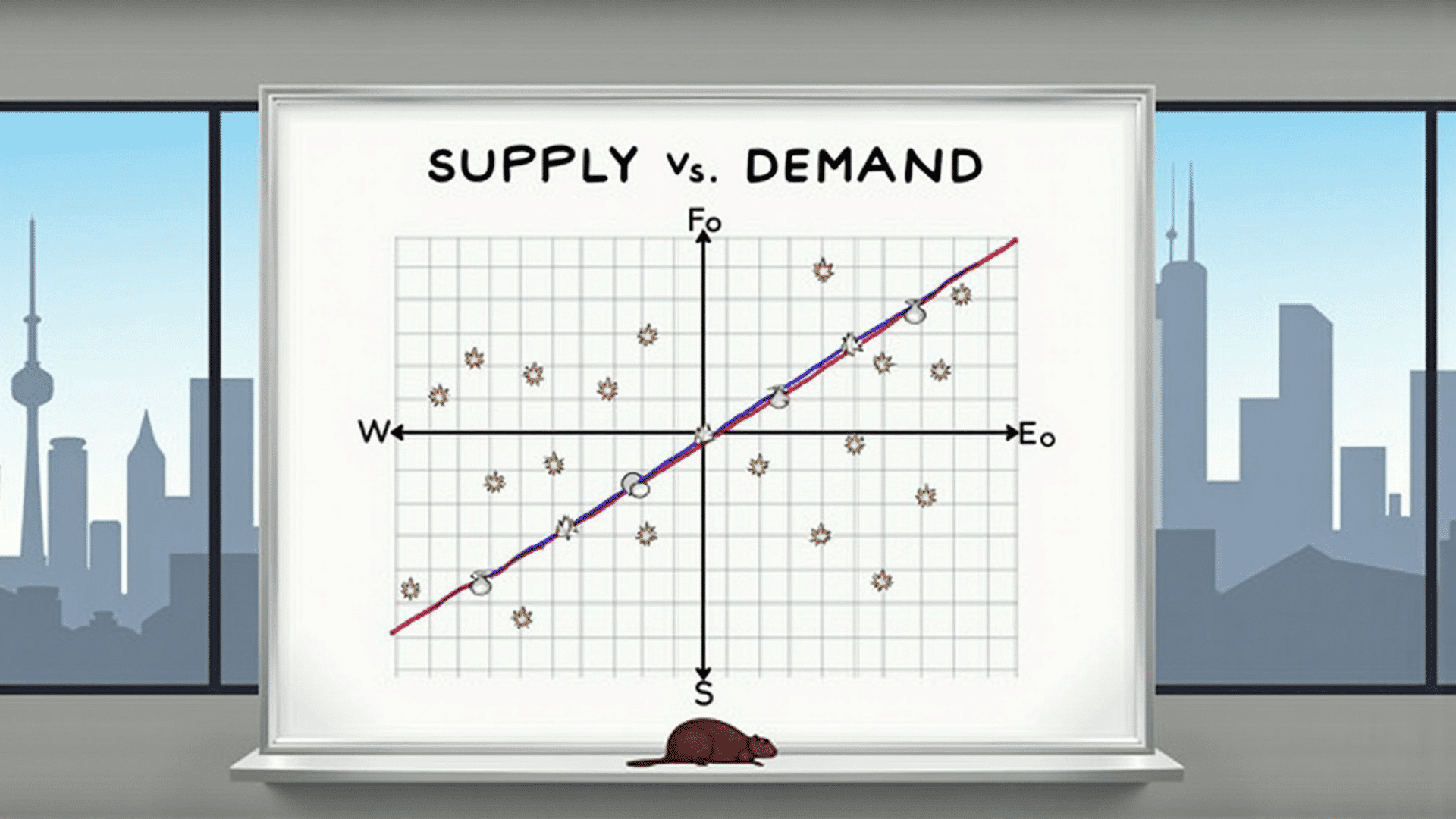In the vast economic landscape of Canada, several fundamental principles govern the dynamics of supply and demand. These principles are constantly shaped by evolving market trends and global influences, impacting how goods and services are exchanged across the country. Understanding these principles is invaluable for grasping the current economic climate in Canada.
One of the primary forces driving supply and demand is consumer behavior. Canadian consumers, influenced by cultural, social, and environmental factors, dictate the types of products that are in demand. An increasing trend towards sustainable and eco-friendly products is a testament to how consumer preferences impact market offerings. Businesses respond by adjusting their supply chains to meet these evolving demands, often integrating sustainable practices into production processes.
Another significant aspect is technological advancement. Canada has been at the forefront of adopting new technologies, which has revolutionized various industries. Innovations such as automation and digitalization have streamlined production processes, affecting supply by enabling faster and more efficient output. Moreover, e-commerce platforms have expanded consumer access to a broader range of products, thereby shifting demand patterns.
Global trade agreements also play a critical role in shaping Canada's supply and demand. The country's participation in international trade pacts, like the Comprehensive Economic and Trade Agreement (CETA) with the European Union, opens up markets for Canadian products and influences domestic supply chains. Access to global markets enables Canadian producers to scale up operations, while foreign products entering Canada can diversify consumer choices and spur competition among local businesses.
Furthermore, economic policies enacted by the Canadian government significantly impact supply and demand dynamics. Policy decisions regarding taxation, subsidies, and resource allocation can encourage or discourage production in various sectors. For instance, incentives for renewable energy projects can lead to an increase in the supply of clean energy solutions, aligning with national objectives for environmental sustainability.
Moreover, labor market conditions heavily influence these dynamics. The availability of skilled labor, wage levels, and employment rates can determine production capabilities and cost structures for businesses. In cities with bustling job markets, increased purchasing power can propel demand, whereas areas experiencing economic downturns might see a contraction in consumer spending.
Finally, external economic factors like fluctuating oil prices or international conflicts can ripple through the Canadian economy, affecting both supply and demand. As Canada is a major producer of natural resources, any changes in global demand or pricing can have profound impacts on domestic supply chains and economic stability.
In conclusion, the interplay of consumer preferences, technological advancements, global trade, government policies, labor market conditions, and external economic factors collectively influence the principles of supply and demand in Canada. As these factors continue to evolve, they will undoubtedly shape the future of Canada's economic landscape, highlighting the importance of adaptability in navigating these changes.
